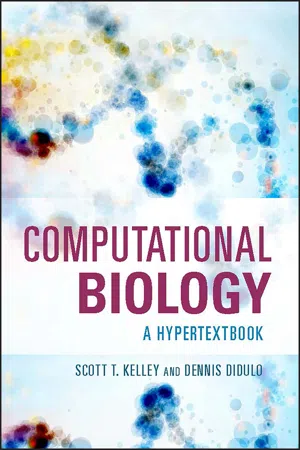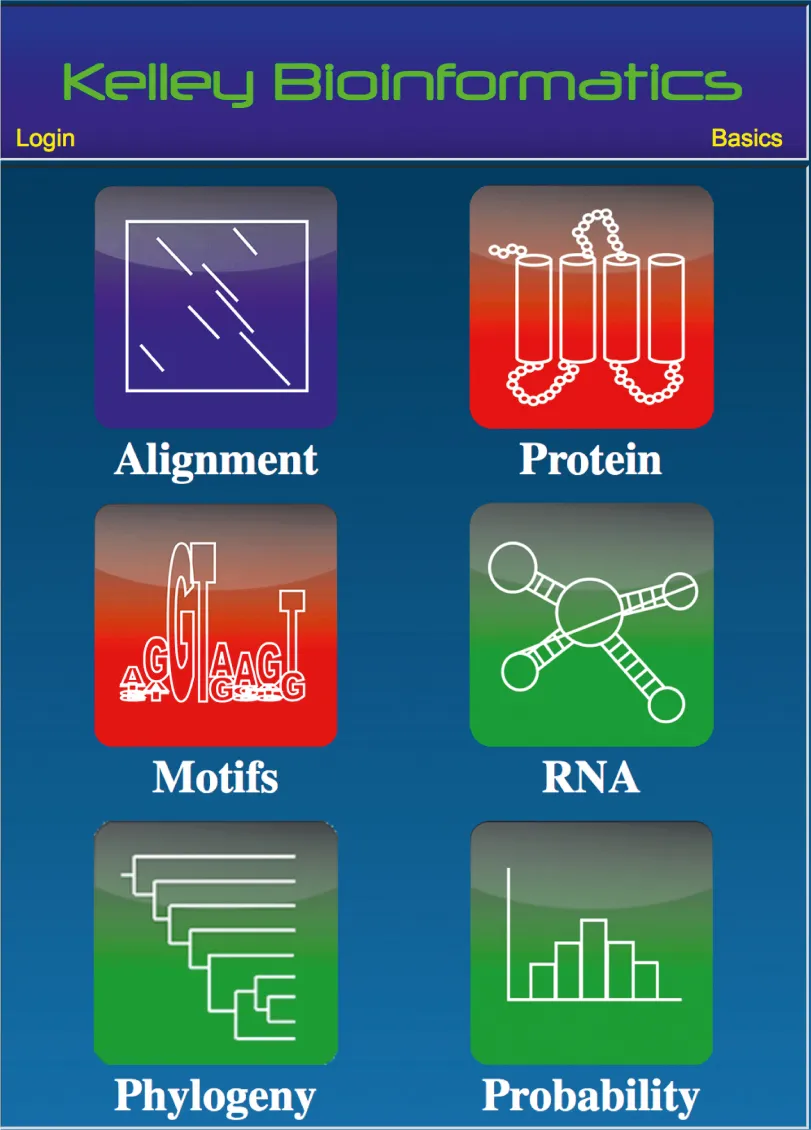
- English
- ePUB (mobile friendly)
- Available on iOS & Android
About This Book
This textbook is for anyone who needs to learn the basics of bioinformatics—the use of computational methods to better understand biological systems. Computational Biology covers the principles and applications of the computational methods used to study DNA, RNA, and proteins, including using biological databases such as NCBI and UniProt; performing BLAST, sequence alignments, and structural predictions; and creating phylogenetic trees. It includes a primer that can be used as a jumping off point for learning computer programming for bioinformatics. This text can be used as a self-study guide, as a course focused on computational methods in biology/bioinformatics, or to supplement general courses that touch on topics included within the book. Computational Biology's robust interactive online components "gamify" the study of bioinformatics, allowing the reader to practice randomly generated problems on their own time to build confidence and skill and gain practical real-world experience. The online component also assures that the content being taught is up to date and accurately reflects the ever-changing landscape of bioinformatics web-based programs.
Frequently asked questions
Information

CHAPTER |
-1 |






CHAPTER | 00 |
Table of contents
- Cover
- Title Page
- Copyright
- Dedication
- Contents
- Preface
- For the Instructor
- For the Student
- Acknowledgments
- About the Authors
- Chapter –1. Getting Started
- Chapter 00. Introduction
- Chapter 01. BLAST
- Chapter 02. Protein Analysis
- Chapter 03. Sequence Alignment
- Chapter 04. Patterns in the Data
- Chapter 05. RNA Structure Prediction
- Chapter 06. Phylogenetics
- Chapter 07. Probability: All Mutations are not Equal (-ly Probable)
- Chapter 08. Bioinformatics Programming: A Primer
- Index